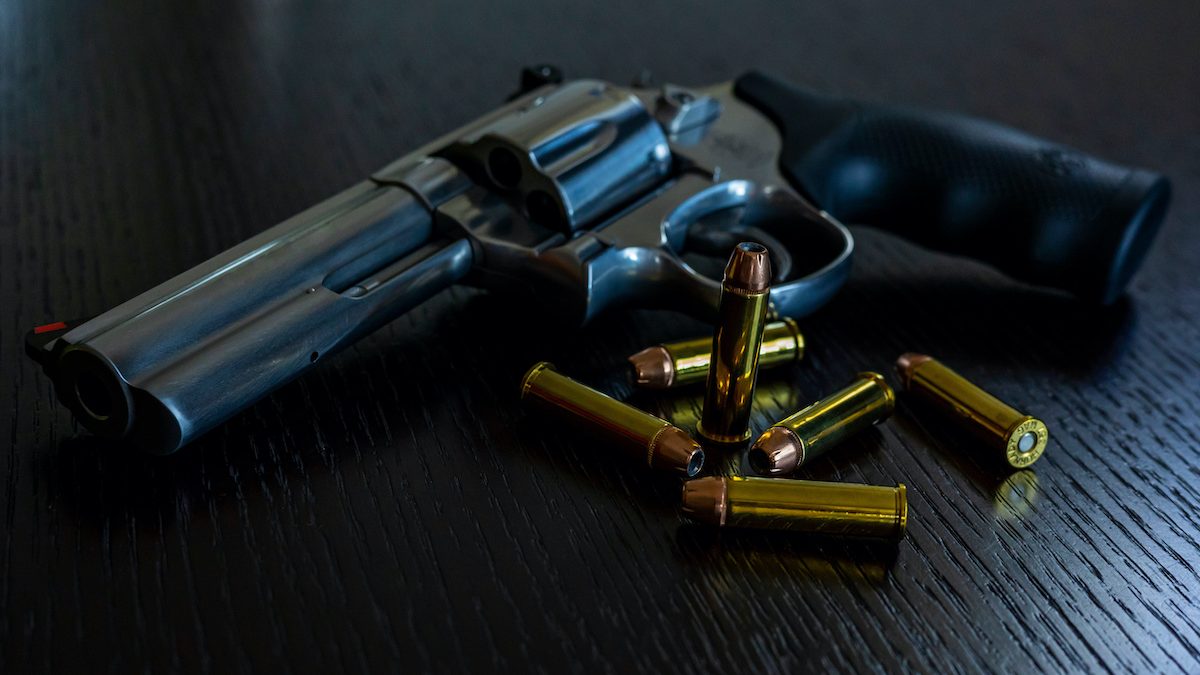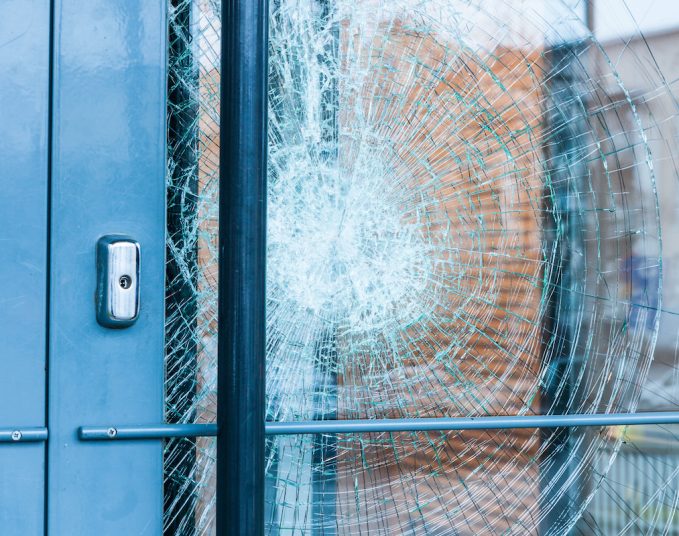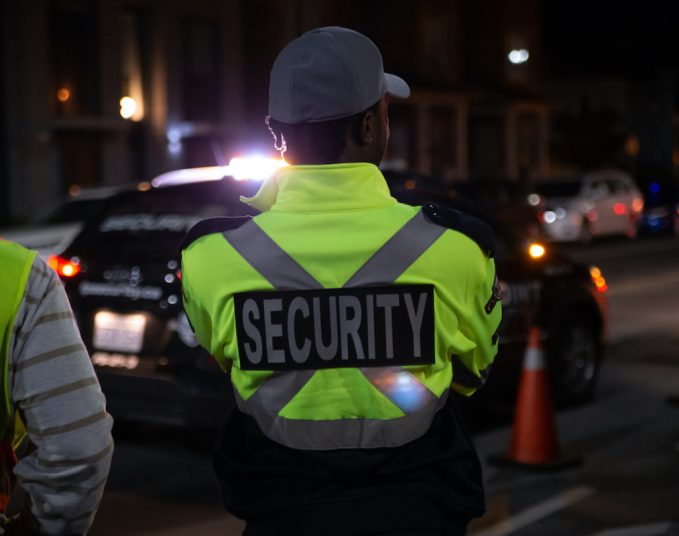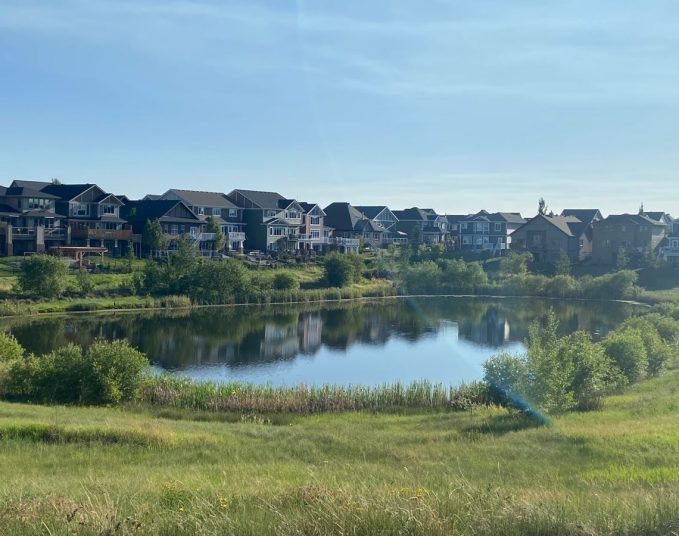Living north of the United States, it has become tragically common for Canadians to hear about horrific acts of gun violence south of the border. But experiencing gun violence in our own back yard isn’t something we’re typically as used to. That’s changing, at least in Edmonton.
The most recent gun-related incident to hit our city? An evening shooting at Kingsway Mall that injured one person. Just days before that, West Edmonton Mall was placed into lockdown for the second time this year after weapons complaints were made. A few weeks before that? A father — allegedly linked to organized crime — and his 11-year-old son were gunned down in broad daylight.
There are other stories like these and they’re all part of a growing prevalence of guns and gun violence in the city, according to police officials.
“Here in Edmonton, we’ve seen this steady increase,” said EPS Staff Sgt. Eric Stewart. “We’ve seen [this] over the last four years. We had 158 [shooting incidents] in 2020, 150 in 2021, 165 in 2022 and now, we’re at 207 year-to-date.”
And it’s not just actual shootings, either. Stewart, a 21-year EPS veteran who now works with the EPS’s Guns and Gangs sections and was involved in the development of the police force’s Firearms Investigation Unit (FIU), said officers are increasingly encountering firearms during patrols, too. A quick scan of EPS’s media releases confirms that, with numerous illegal firearms related incidents and seizures reported in just the last two months alone.
“In my time, when you were on patrol it would be very rare to see a firearm under the seat of a vehicle,” he said. “Nowadays, our patrol members are coming across guns all the time.”
Identifying reasons for the uptick in violence here in Edmonton can be tricky, but Stewart believes it’s likely a combination of a number of factors, including relocation of organized crime from other areas.
“In other provinces, there’s been some violent gang wars going on. What we’ve seen is the work being done in those provinces … some of those individuals end up incarcerated or murdered … and those groups have dispersed from those areas and moved to different provinces,” Stewart said. “Here in Edmonton specifically, we’ve seen the Brothers Keepers … the [United Nations] groups. The beef there has now settled here, somewhat.”
While Edmonton may be experiencing a higher-than-average level of firearms incidents, the trend is part and parcel of a larger scale increase in North America, too. That’s according to Matt Strickland, a trauma surgeon at the Royal Alexandra Hospital and a member of the organization Canadian Doctors for Protection from Guns (CDPG). Strickland said gun violence spiked over the course of the COVID-19 pandemic.
“That trend was seen, and has been widely reported, across North America,” he said. “The numbers in the Edmonton zone in 2021 and 2022 were the highest they’ve ever been.”
Today, Strickland says numbers of gunshot wounds winding up in hospital are coming down, but not by a large degree.
“2023 is actually looking a bit lower than those years,” he said. “Not a huge drop, but about 10 per cent lower than the year before.”
CHANGING SUPPLY LINES
It’s not only the prevalence of guns that’s changed, but also how they get here. Stewart said in the wake of the federal government’s handgun ban, illegal firearms encountered by police are increasingly being traced back to the United States.
“Historically, before the handgun ban from the federal government, the majority of handguns [seized] were domestically trafficked,” Stewart said. He added that, in the past, most illegal guns were trafficked via theft or the act of straw-buying (where someone permitted to own firearms bought a gun for someone else who isn’t).
Stewart did note that straw-buying has typically made up a very small fraction of cases.
“We’ve seen a total shift where a lot of the handguns being seized are U.S.- sourced firearms imported illegally and then trafficked locally.”
STANDALONE PROBLEM
If gun incidents are up in Edmonton, and throughout much of North America, then it would stand that a city as close as Calgary would be struggling with the same issue. And to a degree, it is. In mid-November, Calgary police responded to a rash of shootings — five in total — within just a few days. Still, Stewart says the degrees to which the two cities are struggling aren’t comparable.
“I would say Edmonton alone is seeing the majority of the increase,” he said. “We have a lot of gun violence, seeing a lot of guns and Calgary’s not in the same ballpark as us and they’re only three hours away.”
So, what do you do? Well, for front line responders, you look at what’s been effective in other cities. In Toronto, where gun violence has been trending down over the last number of years, the city has implemented dedicated law enforcement teams — called the Public Safety Response Team — that respond to shootings. Stewart said those types of units, which are starting to take shape here with groups like the FIU, are effective because they can focus more singularly on gun incidents.
“Having those resources and teams in place has definitely contributed to their decrease in the last number of years,” he said.
For Strickland, who also sees the first hand consequences of gun violence, advocacy is key to preventing Canada from slipping into the same issues that continue to plague the United States.
“We try to drive the point home with politicians and people with real power to change these things that [they should be] putting money into studying this and to treat it like a public-health problem,” he said. “Our rates of firearms violence [in Canada] are among the top five developed countries on earth. We don’t want to become the United States and part of that is trying to nip this in the bud.”
Unfortunately, Stewart said the problem likely isn’t something EPS can solve overnight, and that solutions to gun violence are rarely one-size-fits-all.
“At the end of the day, I want to focus on saying that we may do all the things that Toronto or Calgary does and sometimes it’s just that we’re in a unique spot here in Edmonton. We have other factors in our city,” Stewart said. “I’m not going to sit here and tell you it’s not concerning … [but] we are doing everything in our power to get a handle on what’s going on.”
Savvy AF. Blunt AF. Edmonton AF.




